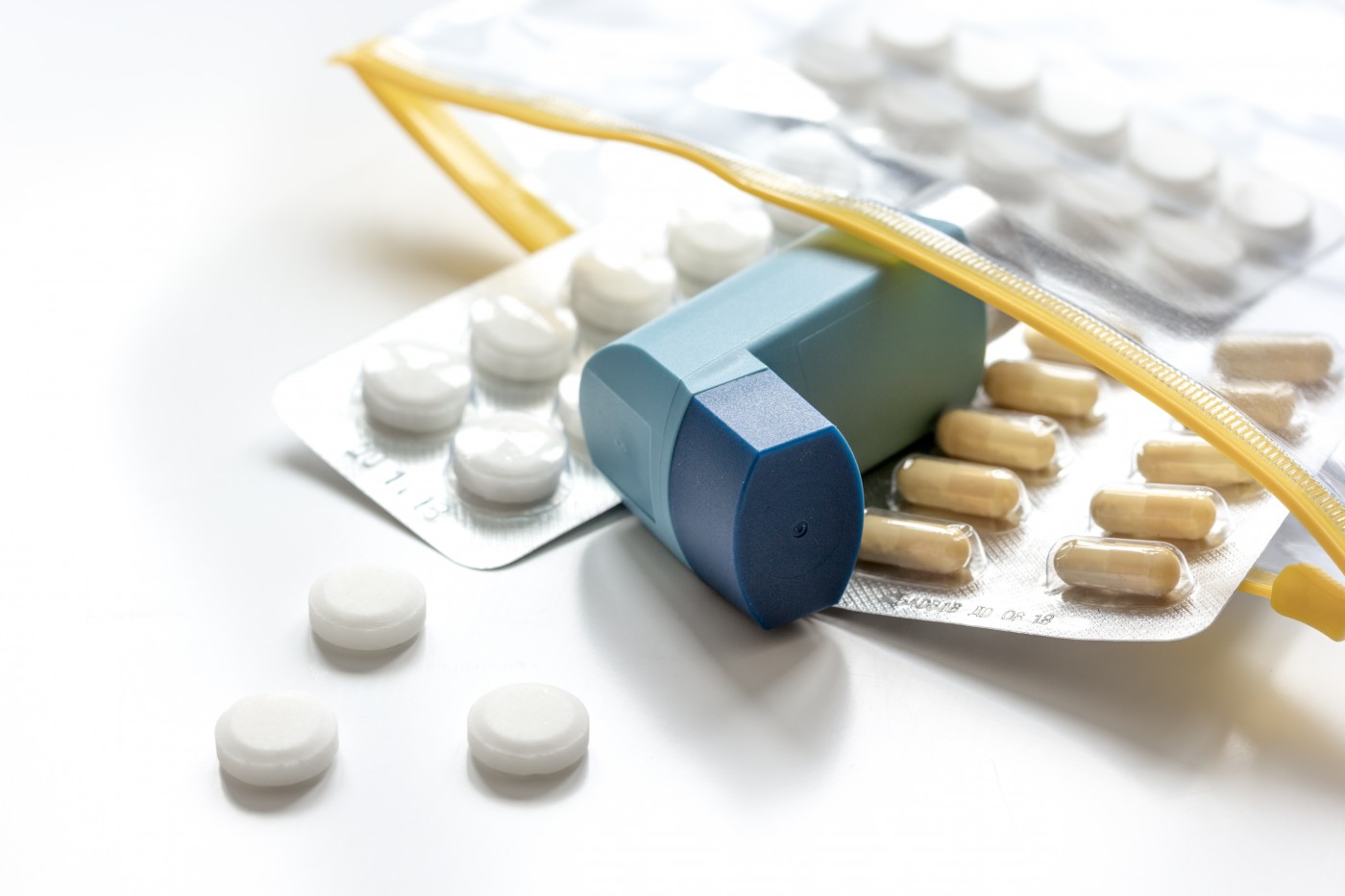Study Identifies Treatments That Reduce Acute Attacks in HAE Patients With Plasminogen Mutation

People with hereditary angioedema (HAE) caused by a specific mutation in the plasminogen gene have several on-demand and preventive treatment options that reduce the severity and frequency of their acute swelling attacks, a study has found.
The study, “Treatment of Hereditary Angioedema with the Mutation c.988A>G (p.K330E) in the Plasminogen Gene,” was scheduled to be presented at the American Academy of Allergy Asthma & Immunology 2020 Annual Meeting, in Philadelphia, PA, March 13–16, but the meeting was cancelled due to the ongoing COVID-19 outbreak.
The most common forms of HAE are caused by mutations in the gene that codes for a blood protein called C1 inhibitor (C1-IHN). In type 1, mutations prevent the production of enough C1-IHN, whereas in type 2, these mutations lead to the production of a less effective protein.
However, in a third type of HAE, patients experience the symptoms of angioedema but have normal C1-IHN activity levels. This can be caused by mutations in various genes — including the coagulation factor XII, plasminogen, angiopoietin 1, and kininogen 1 — or be of unknown origin when a genetic defect cannot be identified.
As HAE caused by the plasminogen mutation (HAE-PLG) is rarer, less research is available about the proper methods for treating patients with this condition.
In the study, a team of researchers analyzed data from 119 patients with HAE-PLG, specifically to find out how patients responded to both on-demand and preventive treatments.
On-demand treatments are generally designed to reduce the severity of acute swelling attacks as they are happening. This study looked at four such treatments: bradykinin inhibitor Firazyr (icatibant) from Shire (now part of Takeda Pharmaceuticals); treatments such as Cinryze or Berinert that use plasma-derived C1-IHN (pdC1-INH) to replenish blood levels of C1-IHN; corticosteroids; and antihistamines.
Results showed that Firazyr had the greatest rate of success. This treatment is designed to block bradykinin signaling — which causes blood vessels to dilate and become more permeable — thereby preventing the resulting swelling that is associated with HAE. Firazyr is meant to be self-administered upon the first signs of an acute swelling attack.
The study analyzed the average duration of attacks in 13 HAE-PLG patients, comparing treated and untreated attacks in the same patients. The researchers found that the 201 attacks treated with Firazyr lasted a mean average of 4.3 hours, significantly less than the average of 44.7 hours for the previous 149 untreated attacks in the same 13 patients.
The pdC1-INH therapies were also successful in showing a reduction in attack severity in this study. pdC1-INH is designed to supplement normal C1-IHN levels in the blood, and has been shown to reduce attacks for HAE patients with C1-IHN mutations.
Thirteen HAE-PLG patients received pdC1-INH therapies for a total of 74 attacks, which lasted an average of 31.5 hours. While this was longer than the length of attacks seen on Firazyr, it was significantly shorter than the average duration of 48.2 hours for the previous 149 untreated attacks in the same patients.
The study also analyzed data on three long-term treatment options designed to reduce the frequency of attacks, including progestins, tranexamic acid, and Danocrine (danazol).
Tranexamic acid is specifically designed to stop the action of plasminogen, to reduce the blood levels of bradykinin, and to promote blood clotting. Danocrine and progestin are hormones that have been shown to improve angioedema symptoms in patients.
Each of these three treatment options reduced the overall frequency of attacks in HAE-PLG patients. The average reduction in attack frequency was 93.9% for HAE-PLG patients taking tranexamic acid, 83.3% with Danocrine, and 46.3% with progestin.
Overall, the study uncovered a number of effective treatment options for HAE patients with the plasminogen mutation.
“For patients with HAE-PLG various treatment options are available which completely or at least partially reduce the duration or number of attacks,” the researchers said.






